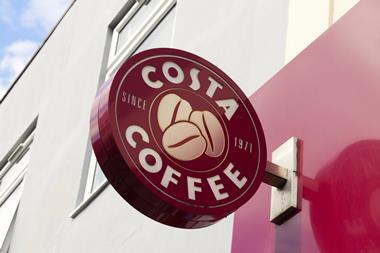
Household spending power slowed for a fifth consecutive month in May, according to Asda’s new Income Tracker.
It found a deepening divide between UK households with the lowest-earning 40% now having less spending power than they did in 2021 before the cost of living crisis.
The poorest families now have discretionary income at its lowest level since June 2024, found the tracker.
Overall discretionary income after taxes and essential spending rose by £9.19 per week compared with May 2024, an annual increase of 3.8%, down from 4.5% in April.
It is the third month in a row where annual growth has remained below double digits.
Asda said while annual inflation, as measured by the Consumer Prices Index (CPI), eased slightly from 3.5% in April to 3.4% in May, underlying financial pressures remained for these households.
The highest-earning households recorded the largest monthly increase, with discretionary income rising by £4.80 to £902 per week.
“There were marginal improvements in the Income Tracker in May, but households remain worse off than earlier in the year,” said Sam Miley, head of forecasting and thought leadership at Cebr, which conducts the poll. “Their spending power is being eaten up by elevated energy bills and rising food price inflation. These effects are particularly stark amongst low earners.
“Looking ahead, inflation is expected to remain elevated for some time, presenting a continued risk to the spending power outlook. Nevertheless, continually robust earnings growth will continue to support households.”



















No comments yet